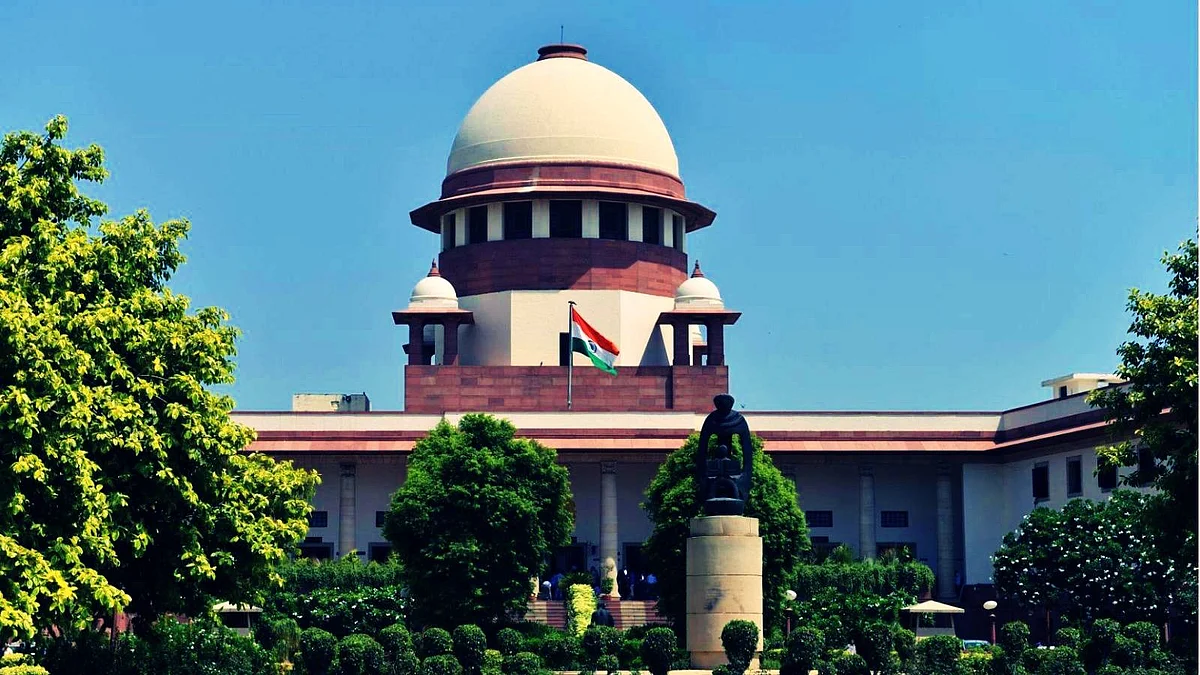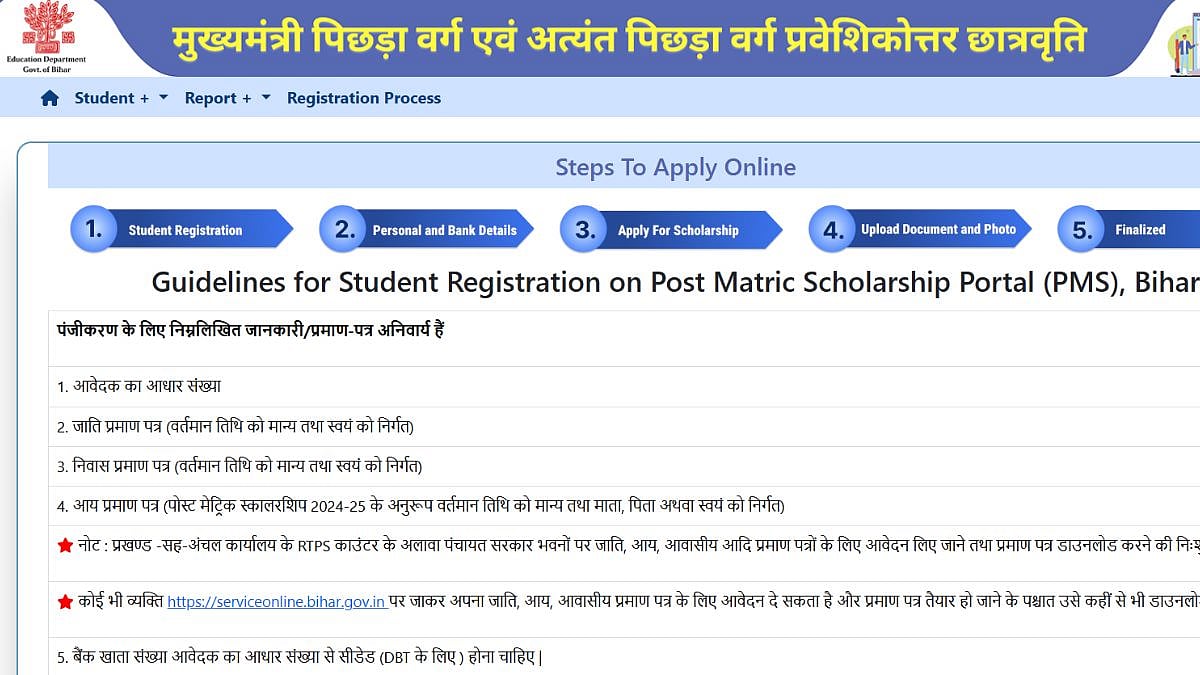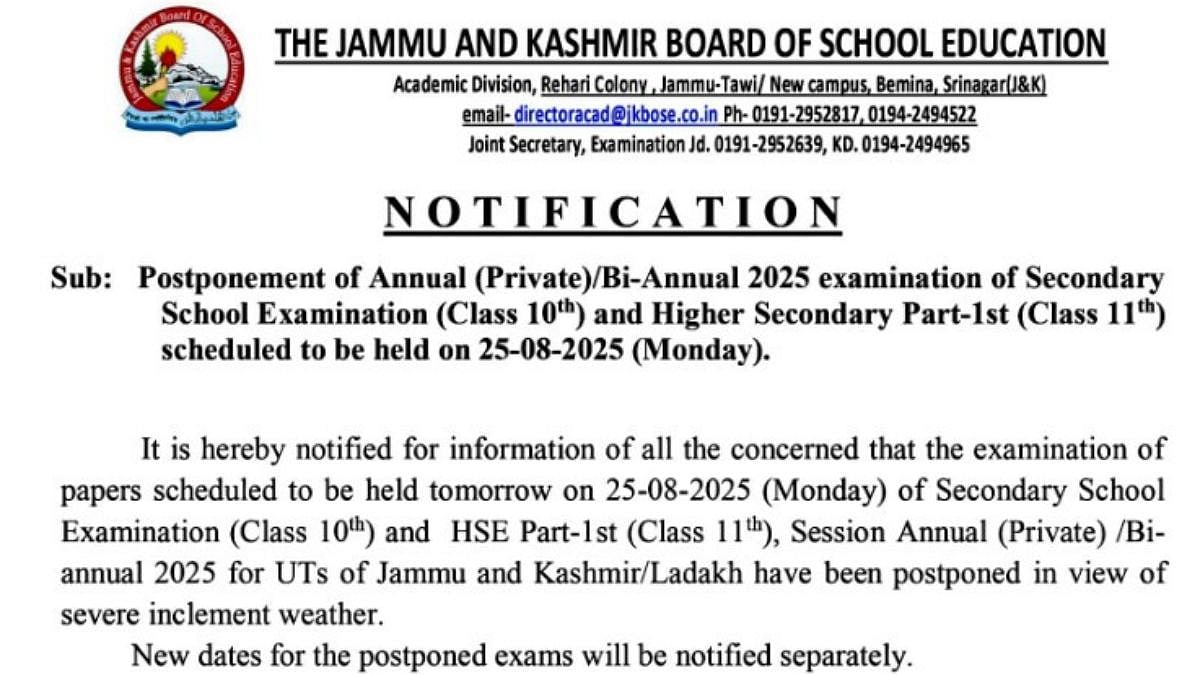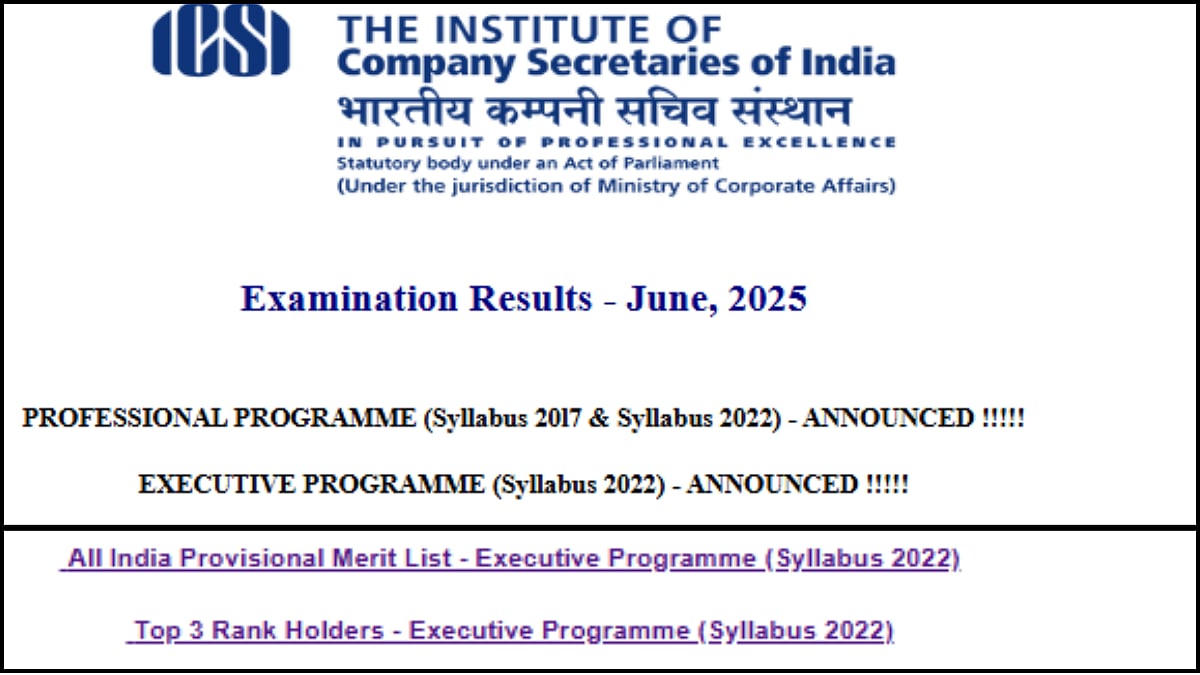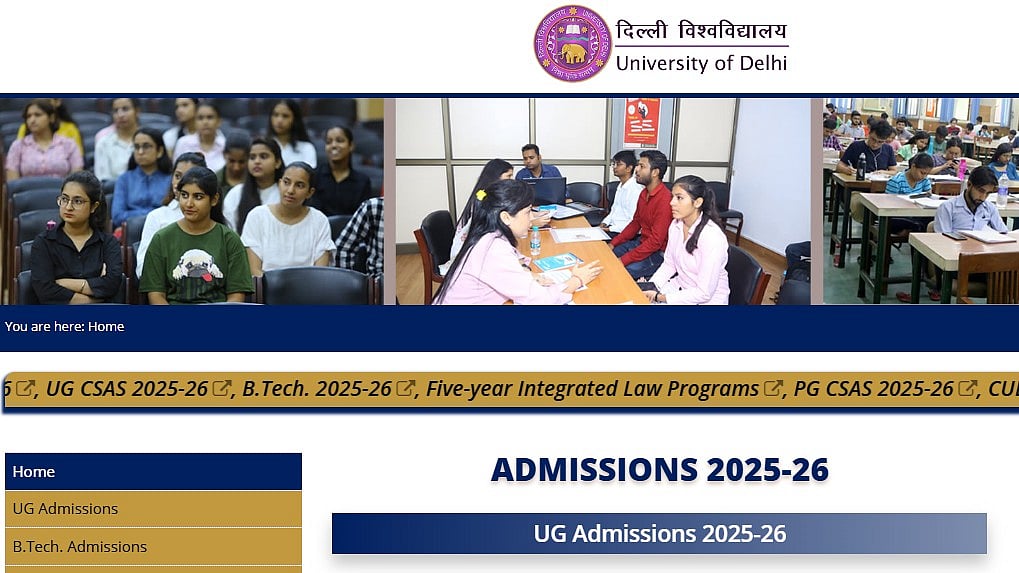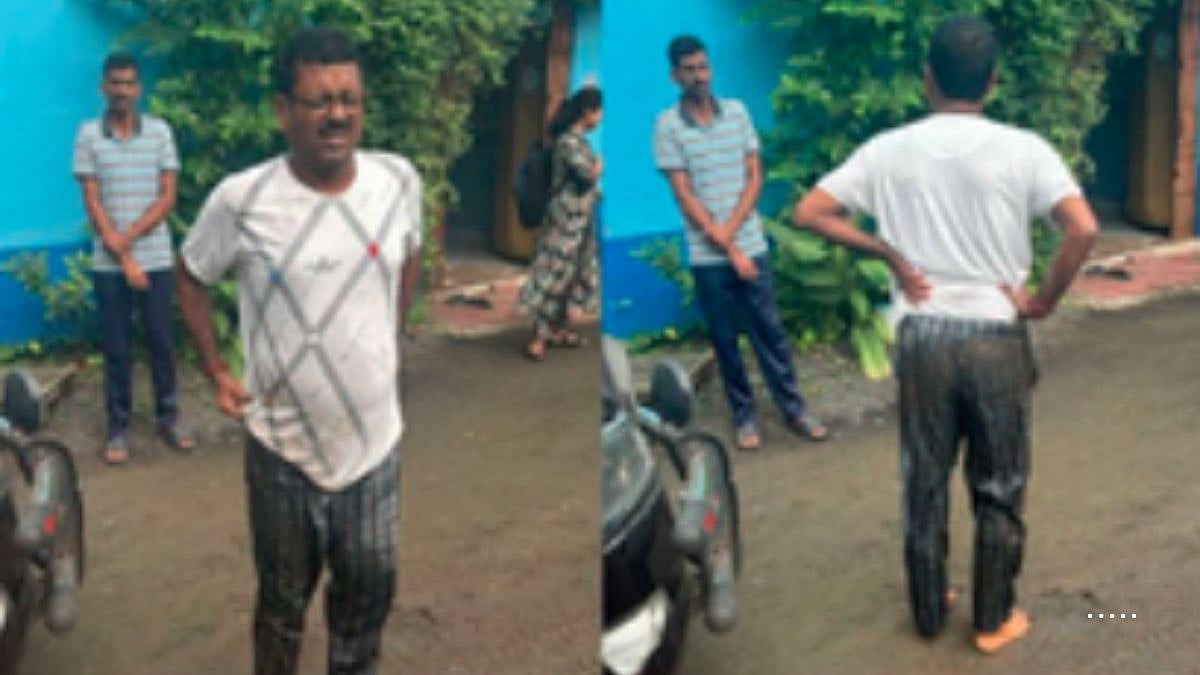Under the Majhi Vasundhara Abhiyan, which aims to inculcate climate-conscious and green values in the next generation of young minds in Maharashtra, the Department of Environment and Climate Change and UNICEF have developed a Majhi Vasundhara curriculum on the environment for school students. Environment and Tourism Minister Aaditya Thackeray on Monday handed over the Majhi Vasundhara Curriculum to School Education Minister Varsha Gaikwad.
“This curriculum for std 1-8 will include Biodiversity Conservation, Solid Waste Management, Water Resources Management, Energy, Air, Pollution & Climate Change. The coursework comprises activity-based lessons that go beyond classroom learning,’’ said Aaditya. He further noted that introducing this curriculum is an attempt at getting the next generation to start with a green thumb and be proactively involved in a pro-earth lifestyle. This curriculum is developed with the help of UNICEF to create awareness about climate change & instil responsibility towards our planet in primary school education.
The Majhi Vasundhara (MV) Curriculum aims at inculcating application-based awareness on issues such as climate change in students from grades 1 to 8 with a balance between traditional and local knowledge. Going away from the predominant informational style of learning, the MV Curriculum will develop an understanding of the environmental ecosystem through projects and activities.
The process of development of the MV Curriculum involved – assessment of existing curriculum, development of a framework for the lesson plans and development of the lesson plans, complementing the existing curriculum. The focus of the lesson plans has been on learning pedagogy and enhancing the cognitive skills of the students.
Every lesson plan has been structured to incorporate activities or project plans with a focus on concepts, key questions to address, curriculum links, activity timing and duration, material and preparation needed, approach, method and the learning outcome/green habit to be inculcated. It also includes frequently asked questions (FAQs), references and additional resources that can be used as guide notes by the teachers as well as children, while implementing the activities.

